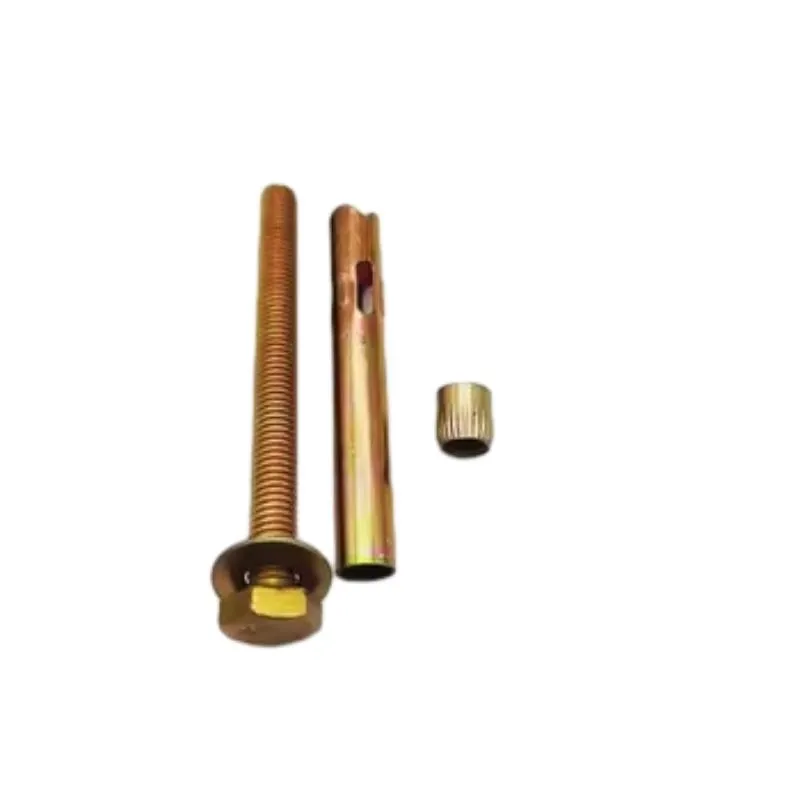আগস্ট . 05, 2024 21:53 Back to list
Understanding the Differences Between Coarse and Fine Thread Types in Fasteners and Applications
Understanding Coarse and Fine Threads A Comprehensive Overview
In the world of mechanical engineering and manufacturing, the terms coarse thread and fine thread are essential for understanding how components fit and function together. The classification of threads based on their pitch plays a critical role in defining the effectiveness and efficiency of mechanical connections. This article aims to provide a detailed overview of coarse and fine threads, highlighting their characteristics, advantages, and applications.
Defining Coarse and Fine Threads
Threads are defined as helical ridges on a cylindrical surface, typically utilized for fastening and joining two or more components. The pitch of a thread refers to the distance between two adjacent threads, measured in millimeters or threads per inch. In general, threads can be categorized based on their pitch into two main types coarse threads and fine threads.
Coarse Threads Coarse threads have a larger pitch, meaning the distance between each thread is greater. For instance, a common coarse thread in the metric system is M8 x 1.25, where M8 indicates a nominal diameter of 8 mm and 1.25 indicates the pitch of 1.25 mm. Coarse threads typically provide greater resistance to stripping and are easier to install and remove, making them ideal for quick assembly and disassembly tasks.
Fine Threads Fine threads, on the other hand, have a smaller pitch. An example in the metric system could be M8 x 1.0, which indicates a finer pitch than the aforementioned coarse thread. Fine threads offer a higher tensile strength and are more effective in applications where precision and tight connections are essential.
Advantages and Applications
coarse thread all thread

Both thread types have distinct advantages that make them suitable for different applications.
Advantages of Coarse Threads 1. Quick Assembly Due to their larger pitch, coarse threads can be engaged and disengaged quickly, making them ideal for applications that require frequent adjustments or maintenance. 2. Strength Under Tensile Forces Coarse threads are less likely to strip compared to fine threads, which is crucial when dealing with softer materials or larger components. 3. Better Tolerance to Contamination The wider spacing between threads allows for better debris management, making coarse threads more suitable for environments with dirt and grime.
Applications of Coarse Threads Coarse threads are commonly found in construction equipment, automotive assemblies, and applications where components experience vibrations, as they maintain their integrity under dynamic conditions.
Advantages of Fine Threads 1. Greater Load Capacity Fine threads offer a larger surface area contact, providing enhanced load-bearing capabilities which are critical in high-stress environments. 2. Precision Fit The tighter engagement of fine threads makes them ideal for assemblies where precise adjustments are crucial, such as in instrumentation and aerospace applications. 3. Reduced Risk of Backing Off Fine threads have a tendency to stay locked in place under torque, reducing the likelihood of loosening over time.
Applications of Fine Threads Fine threads are prevalent in precision instruments, medical devices, and aerospace components, where the integrity of fasteners must be maintained even under extreme conditions.
Conclusion
Understanding the differences between coarse and fine threads is vital for engineers and manufacturers alike. The choice between coarse and fine threads depends on the specific requirements of the application, including factors such as assembly speed, load capacity, and environmental conditions. By considering these factors, engineers can select the most appropriate threading for their projects, ensuring reliability and efficiency in mechanical systems. As technology continues to advance, the importance of precise and durable thread connections will only grow, making it essential to master these fundamental concepts in engineering and manufacturing.


